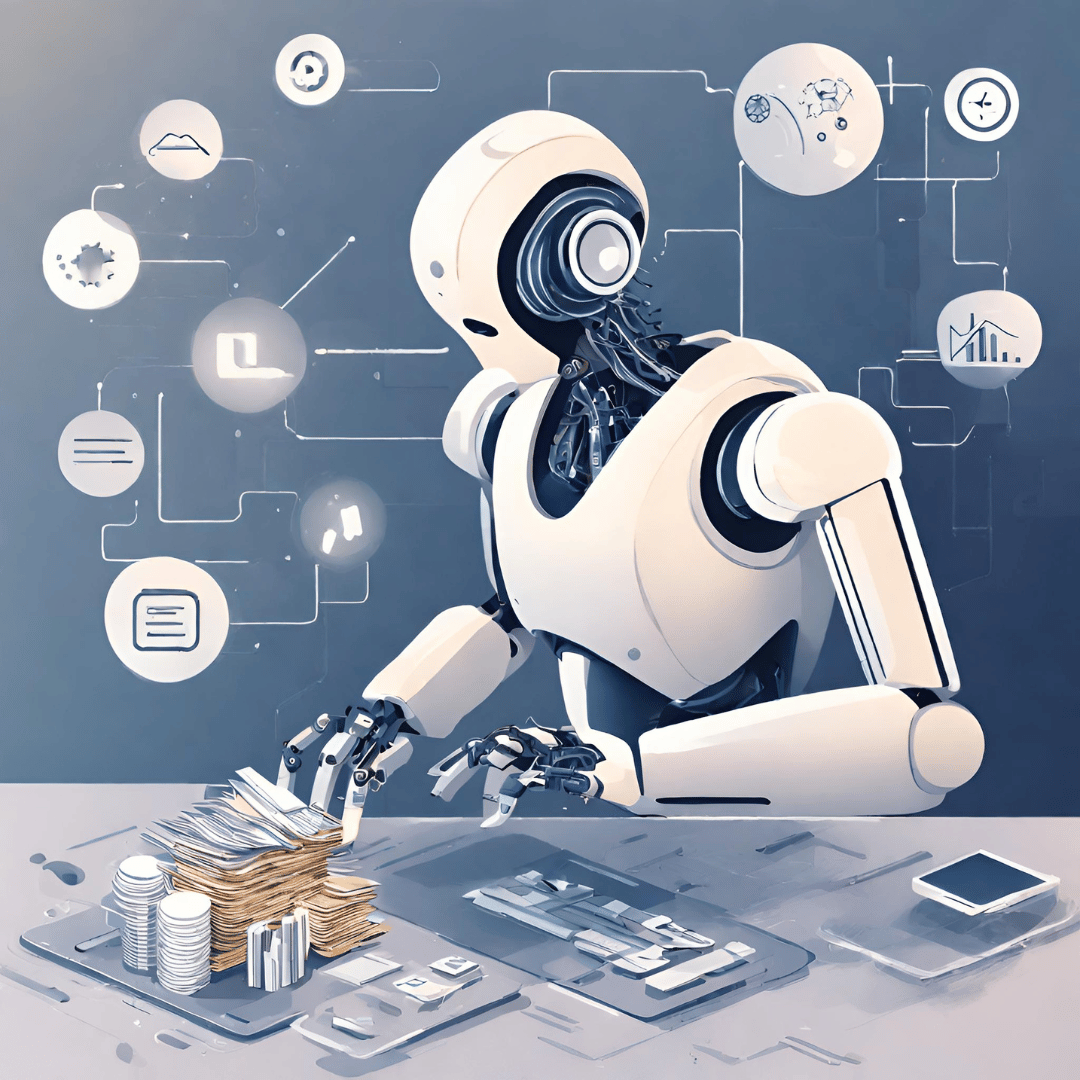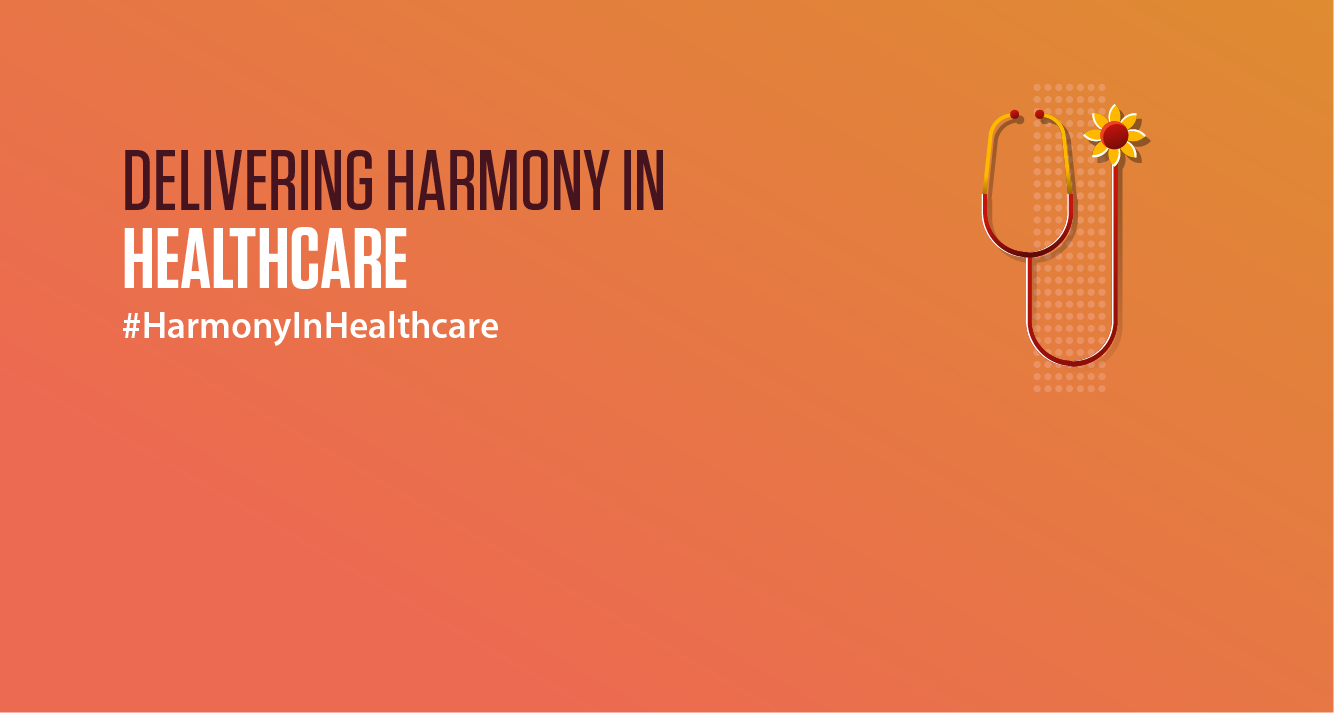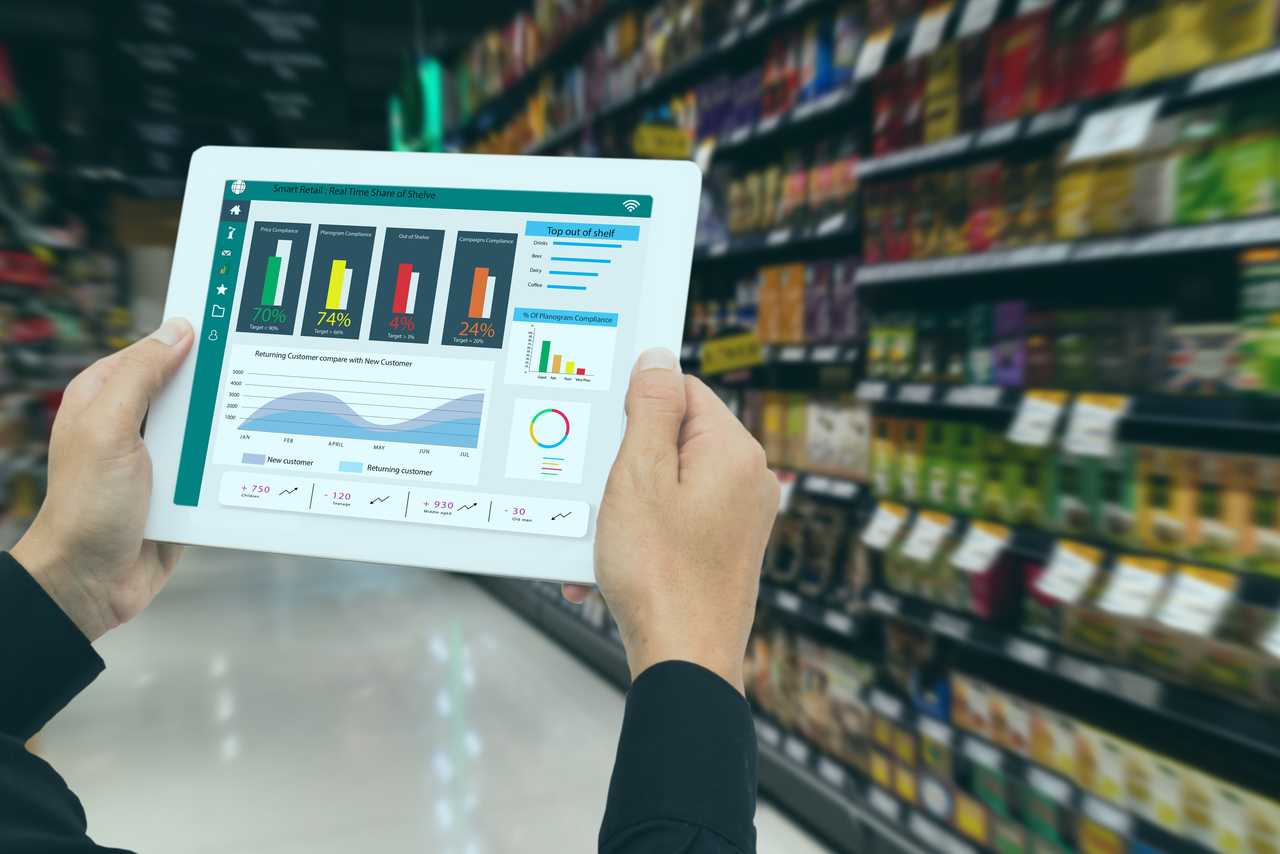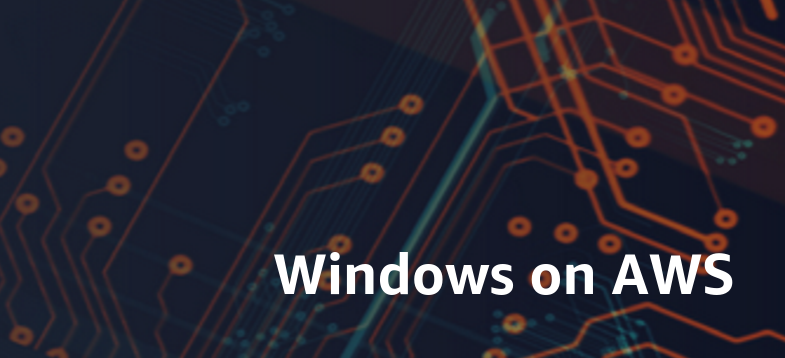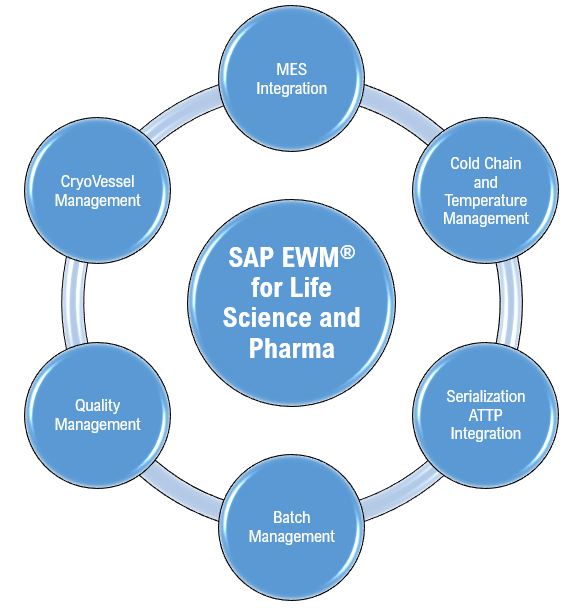Overview
Is it possible for a doctor to try new treatments for his patient without trying it out on the patient physically? The answer may lie in the wearables and smartphones that have become ubiquitous now. With the data continuously gathered by smart and connected devices, creating a virtual replica of patients body, organs, or health profile that updates in real time is possible.
What Exactly Is a Digital Twin in Healthcare?
A digital twin is a dynamic, data-driven model of a physical entity. In healthcare, that could mean:
- A twin of patient’s entire health profile, continuously updated from multiple data sources.
- A twin of patient’s metabolism, predicting how diet and exercise affect their energy levels.
A digital twin evolves with new data, making it a powerful tool for prediction and personalised care.
Smartphone the Perfect Entry Level Host
The smartphone need no longer be just a communication device, but it can act as a personal health hub. Consider all the capabilities that todays smartphones carry:
- Data Collection: Phones and wearables track heart rate, steps, sleep, oxygen levels, ECGs.
- On-Device AI: Thanks to mobile AI frameworks (TensorFlow Lite, CoreML), phones can run health prediction models locally.
- Connectivity: Smartphones act as a bridge between user, devices, and healthcare providers via secure cloud sync.
- Real-Time Feedback: Push notifications can alert user for anomalies or risks.
Essentially, user’s smartphone becomes the entry-level host for their digital twin—handling lightweight computations and connecting to more powerful cloud-based simulations when needed.
The Benefits
- Continuous Monitoring: instead of waiting for yearly checkups, track health proactively
- Personalised Treatment: Doctors can simulate how patient will respond to medication and personalise care.
- Preventive Healthcare: Early warnings (like irregular heart rhythms or glucose spikes) can help prevent emergencies.
Regulatory and other Challenges
- Privacy & Security: Sensitive health data needs strong encryption and compliance with regulations like HIPAA/GDPR.
- Computational Limits: Full simulations are resource-heavy; phones may only host partial twins.
- Validation: How does a doctor test and verify the simulation for personalised care.
- Integration: Hospital systems, wearables, and labs must talk to each other seamlessly. Each system needs to agree on standards and protocols. How to ensure against data corruption and mishandling.
- Ethical concerns while sharing data with healthcare providers and insurance
The Road Ahead
The smartphone can host for real-time continuous monitoring and be the hub for integrating
more complex simulations run on the cloud or edge servers, syncing back to the phone. Specialised mobile applications created by Hospitals, Healthcare providers can host a mini digital twin on user’s device. 5G, IoT, and generative AI advancements can make digital twins smarter, faster, and more personalised.
As healthcare shifts from reactive treatment to preventive, personalised care, the smartphone could soon carry the exact digital replica of a user. The era of fast connectivity, artificial intelligence the phone doesn’t just track steps but it could one day predict future health. Digital twins may not only be a probability but an eventuality for the coming times.
References:
https://journals.sagepub.com/doi/full/10.1177/20552076241304078
https://www.jmir.org/2022/9/e35675
